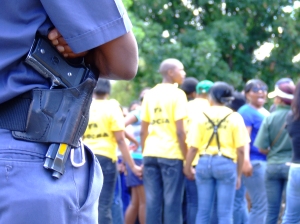I’ve written about the need for self-started conservation initiatives on this blog before. And now I am pleased to boast that some of these ideas have just been published online in Conservation Biology. (If you don’t have subscription access through the publisher’s website, feel free to leave a comment below and I’ll forward the article to you as a PDF).
It’s a short opinion piece that is mainly intended to introduce the concept of social entrepreneurship to an audience of conservation scientists. The article should definitely not be considered as a how-to guide to conservation entrepreneurship, nor is it a comprehensive review of all the ways entrepreneurship can help to protect biodiversity. Instead, I hoped to convey three key points:
(1) there are conservation problems that are especially amenable to small, fast bootstrapped solutions;
(2) there are new ways of funding conservation initiatives that weren’t available 10 years ago; and
(3) most early-career conservation biologists in the current employment landscape will, at some point, be unemployed, so self-started conservation initiatives could become a necessity.

